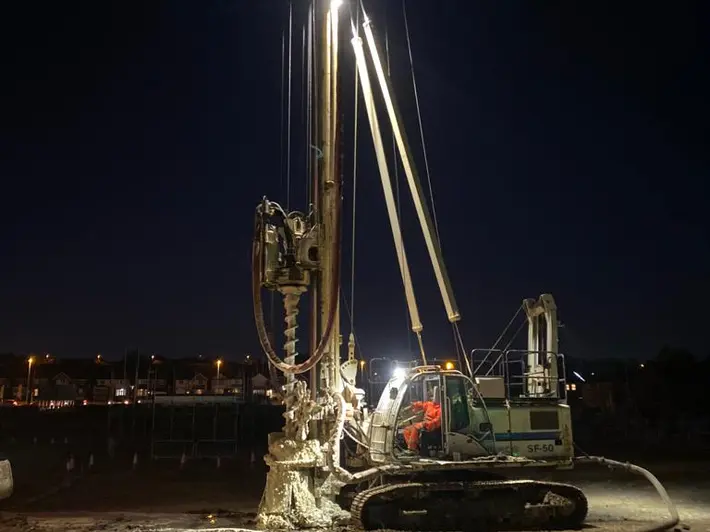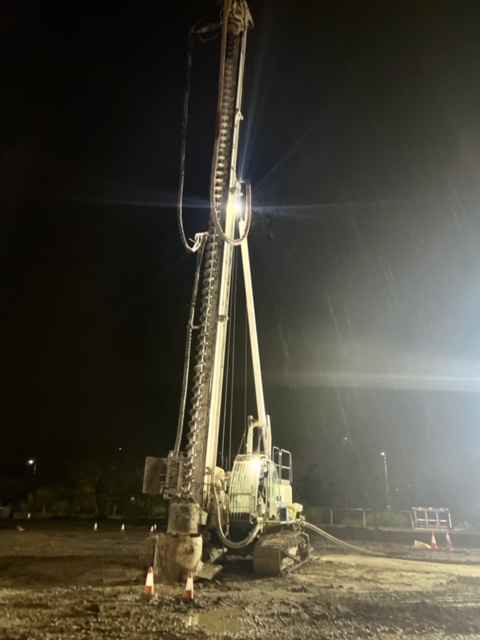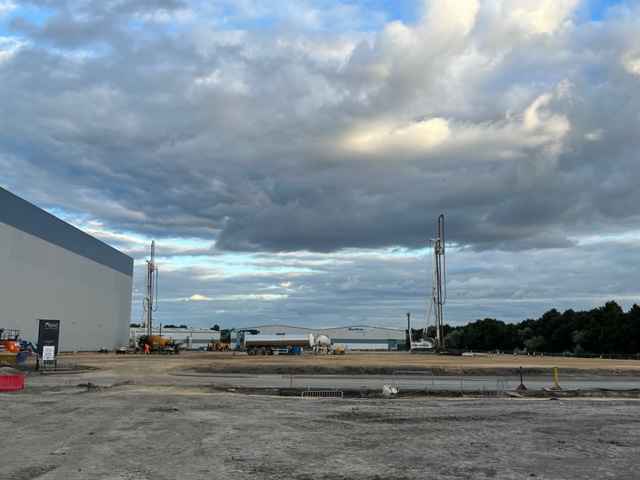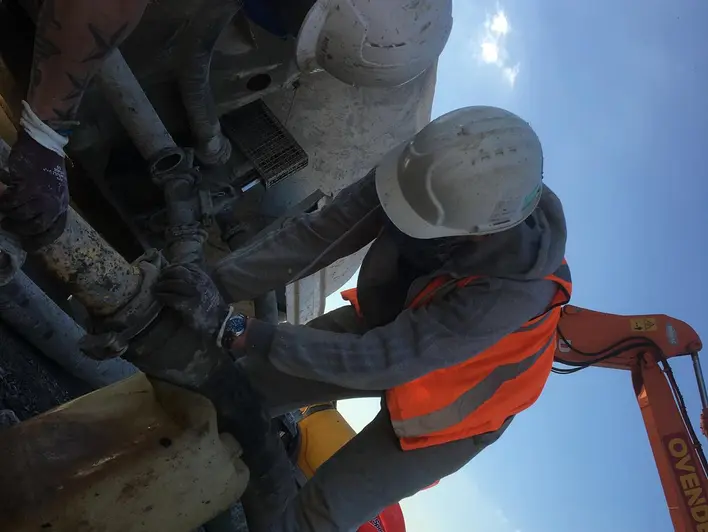Different Types of Retaining Walls

Retaining walls come in all sizes, shapes and types for different constructional projects, their needs and site conditions.
Here are different types of retaining walls and how they are constructed.
Gravity Retaining Wall
Gravity retaining walls depend on their weight which is a combination of concrete, stone or other heavy material for resisting earth pressure.
- They are made from masonry units (segment concrete units) or mortarless stones.
- Things like bearing, sliding or overturning must be taken into account before designing and constructing a gravity retaining wall.
- These are ideal for a height of up to 3m.
- Some gravity retaining wall types include bin, gabion and crib retaining walls.
Mon–Fri: 8:00am-6:00pm
Skilled Labour
Customer Satisfaction
Advanced Machines
Crib
- Crib retaining walls are made from precast concrete or timber.
- Then, these materials are used to make interlocking separate boxes to create a crib retaining wall.
- To create a free-draining construction, these boxes are filled with granular or crushed stone material.
- It is ideal for supporting planter areas but is not suggested for supporting other structures like slopes.
Gabion
- Gabion walls are made from wire mesh, multi-celled boxes filled with rocks or other materials.
- A gabion retaining wall is made to construct erosion control structures.
Cantilever Retaining Wall
- Cantilever retaining walls are made from base and stem slabs constructed from precast, prestressed concrete or reinforced concrete.
- It is the most common retaining wall type of retaining wall constructed.
- They can be constructed onsite and offsite (precast) as well.
- Cantilever retaining walls are suitable for heights up to 10m.
- Though it requires less concrete than a gravity wall, its design and layout must be executed carefully.
- Like gravity wall, bearing pressure or sliding must be considered before constructing a cantilever retaining wall.



Cantilever Retaining Wall
- Cantilever retaining walls are made from base and stem slabs constructed from precast, prestressed concrete or reinforced concrete.
- It is the most common retaining wall type of retaining wall constructed.
- They can be constructed onsite and offsite (precast) as well.
- Cantilever retaining walls are suitable for heights up to 10m.
- Though it requires less concrete than a gravity wall, its design and layout must be executed carefully.
- Like gravity wall, bearing pressure or sliding must be considered before constructing a cantilever retaining wall.
Buttressed Retaining Wall/ Counter-fort
- Buttressed retaining walls are similar, but they are backed by forts of monoethnic with a back wall made from base slab and wall slab.
- Buttressed or counter-fort walls are suitable for heights between 8-12m.
- Its spacing is either equal or slightly larger than counter-fort height.
Anchored Retaining Wall
- Anchored retaining walls are constructed where it is confined and limited space.
- This retaining wall is ideal for loose soil over rocks.
- High retaining walls are constructed using an anchored retaining wall structure system.
- Into the ground, deep wires and cable rods are driven deep, which are then filled with concrete; this act against sliding an overturned pressure.
Piled Retaining Wall
- Pile retaining walls are made using reinforced concrete piles driven deep in the ground to withstand the force that tries to push over the wall.
- Piled retaining walls are used in both permanent and temporary works.
- These retaining walls are highly robust and can withstand lateral pressure in large excavation depths without surrounding structures or properties.
- Piled retaining walls are constructed using steel sheets driven into the excavation to the required depth; however, these walls cannot withstand excess pressure.
- They are suitable for heights around 6m.
Mechanically Stabilized Earth Retaining wall
- This is the most popular and common retaining wall.
- These are held together with reinforcements such as plastic or metallic strips.
- Types of MSE retaining walls include the following: block, panel, concrete and temporary earth retaining walls.
Why Choose Alpha Piling LTD?
- Alpha Piling engineers are knowledgeable and experienced in the sector.
- They commit to the laws and safety requirements.
- Other than the secant wall, we can precisely install all types of piling as per the ground conditions.
- We ensure uncompromised quality and the highest standards of services.
